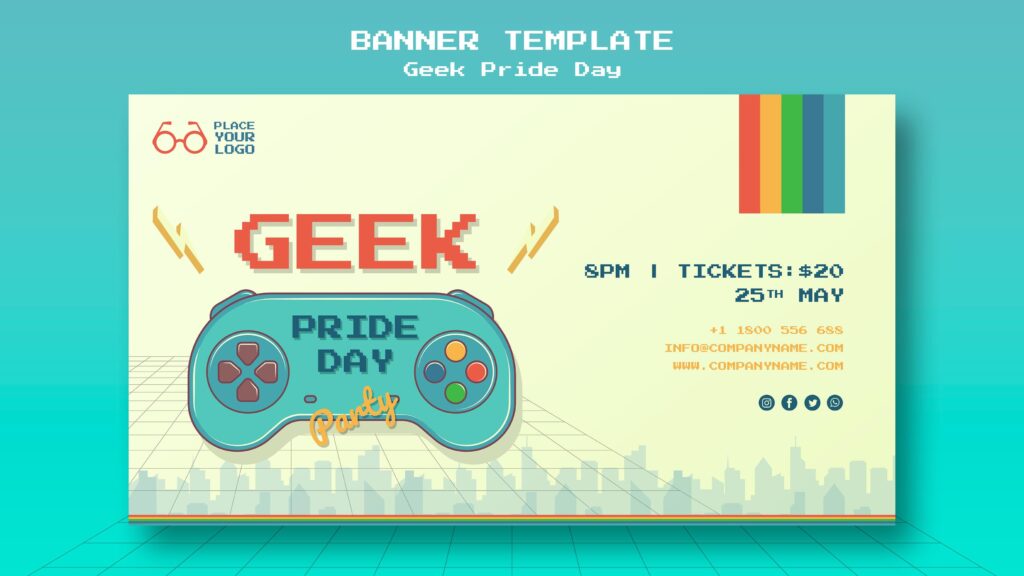The Last of Us Part II is not just a game; it is a profound exploration of human emotion, morality, and the consequences of our actions. Developed by Naughty Dog and released in 2020, this sequel to the critically acclaimed The Last of Us (2013) pushes the boundaries of storytelling in video games. Through its complex characters, morally ambiguous decisions, and emotionally charged narrative, The Last of Us Part II has set a new standard for interactive storytelling. This article delves deep into the narrative techniques, character development, and thematic elements that make this game a masterpiece.
The Narrative Structure: A Bold Approach to Storytelling
One of the most striking aspects of The Last of Us Part II is its unconventional narrative structure. Unlike traditional linear storytelling, the game employs a dual-perspective approach, allowing players to experience the story through the eyes of two protagonists: Ellie and Abby. This structure is not just a gimmick; it serves a deeper purpose by challenging players to empathize with characters who are, at times, in direct opposition to each other.

The game begins with Ellie’s perspective, immersing players in her quest for revenge against Abby, who is responsible for a devastating personal loss. Just as players become emotionally invested in Ellie’s journey, the narrative shifts to Abby’s perspective, forcing players to confront the complexities of her character and motivations. This shift is jarring but intentional, as it mirrors the game’s central theme: the cycle of violence and the futility of revenge.
By presenting both sides of the story, The Last of Us Part II forces players to question their initial judgments and biases. This narrative technique is a bold departure from traditional storytelling in video games, where players are often encouraged to identify solely with the protagonist. Here, the lines between hero and villain are blurred, creating a more nuanced and thought-provoking experience.
Character Development: Ellie and Abby’s Emotional Journeys
At the heart of The Last of Us Part II are its deeply flawed and human characters. Ellie and Abby are not archetypes; they are complex individuals shaped by their experiences, traumas, and choices.
Ellie: The Cost of Revenge
Ellie’s journey is one of anger, grief, and self-destruction. Haunted by the loss of Joel, her surrogate father figure, she embarks on a path of vengeance that consumes her. Throughout the game, players witness Ellie’s transformation from a compassionate and hopeful individual to someone consumed by hatred. Her relationships with Dina, Jesse, and other supporting characters highlight the toll her quest for revenge takes on her personal life.
What makes Ellie’s character so compelling is her relatability. Her pain and anger are palpable, and players cannot help but empathize with her, even as her actions become increasingly morally questionable. By the end of the game, Ellie’s journey raises important questions about the cost of revenge and whether it ultimately brings closure or further pain.
Abby: A Story of Redemption
Abby’s character is equally complex, if not more so. Initially introduced as the antagonist, Abby’s perspective reveals a deeply human side to her character. Her actions, while brutal, are driven by her own trauma and loss. As players spend more time with Abby, they begin to understand her motivations and see her as more than just a villain.
Abby’s relationship with Lev, a young Seraphite, serves as a catalyst for her redemption arc. Through her interactions with Lev, Abby begins to confront her own guilt and seek a path toward forgiveness. This transformation is subtle but powerful, showcasing the game’s ability to humanize even its most controversial characters.
Themes: Morality, Violence, and the Human Condition
The Last of Us Part II is a deeply thematic game that explores complex issues such as morality, violence, and the human condition.
The Cycle of Violence
One of the game’s central themes is the cyclical nature of violence. Every act of revenge begets another, creating an endless loop of pain and suffering. This theme is exemplified through the parallel journeys of Ellie and Abby, both of whom are driven by a desire for retribution but ultimately find no solace in it.
The game does not offer easy answers or moral absolutes. Instead, it forces players to confront the consequences of their actions and consider whether violence can ever be justified.
The Complexity of Morality
Morality in The Last of Us Part II is not black and white. Characters are neither wholly good nor entirely evil; they are shaped by their circumstances and choices. This moral ambiguity is reflected in the game’s narrative structure, which challenges players to see the world through different perspectives.
By presenting morally complex situations, the game encourages players to think critically about their own beliefs and values. It is a testament to the power of storytelling that The Last of Us Part II can provoke such deep introspection.
Gameplay and Story Integration
One of the most impressive aspects of The Last of Us Part II is how seamlessly it integrates gameplay with storytelling. Every action, from combat to exploration, serves to enhance the narrative and deepen the player’s connection to the characters.
The game’s combat is visceral and intense, reflecting the brutal world in which the characters live. Stealth mechanics force players to think strategically, while the scarcity of resources adds to the tension. These gameplay elements are not just for entertainment; they immerse players in the characters’ struggles and make the stakes feel real.
Exploration is equally important, as it allows players to uncover the world’s lore and gain a deeper understanding of the characters’ motivations. Environmental storytelling, through notes, artifacts, and visual cues, adds layers of depth to the narrative.
FAQs About The Last of Us Part II
1. Why is The Last of Us Part II considered a masterpiece of storytelling?
The Last of Us Part II is praised for its complex characters, morally ambiguous narrative, and innovative dual-perspective structure. It challenges players to empathize with conflicting viewpoints and raises thought-provoking questions about morality and violence.
2. How does the game handle themes of revenge and redemption?
The game explores the cyclical nature of violence and the futility of revenge through the parallel journeys of Ellie and Abby. While Ellie seeks revenge, Abby’s story focuses on redemption, creating a nuanced exploration of these themes.
3. What makes Ellie and Abby’s characters so compelling?
Both characters are deeply flawed and human, shaped by their traumas and choices. Their emotional journeys and moral complexities make them relatable and thought-provoking.
4. How does gameplay enhance the storytelling in The Last of Us Part II?
Gameplay elements such as combat, stealth, and exploration are seamlessly integrated into the narrative, immersing players in the characters’ struggles and enhancing the emotional impact of the story.
Conclusion
The Last of Us Part II is a landmark achievement in video game storytelling. Through its bold narrative structure, complex characters, and thought-provoking themes, it challenges players to confront difficult questions about morality, violence, and the human condition. By seamlessly integrating gameplay with storytelling, the game creates an immersive and emotionally resonant experience that lingers long after the credits roll.
Whether you are a fan of video games or simply appreciate compelling narratives, The Last of Us Part II is a must-play. Its ability to humanize its characters and explore the complexities of the human experience sets it apart as a true masterpiece of modern storytelling.

